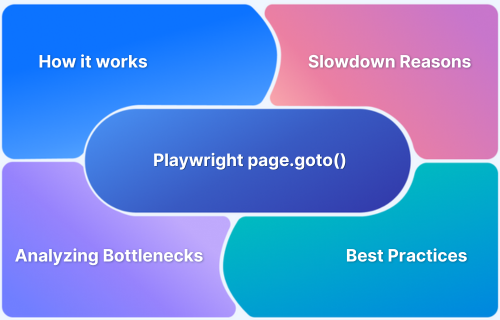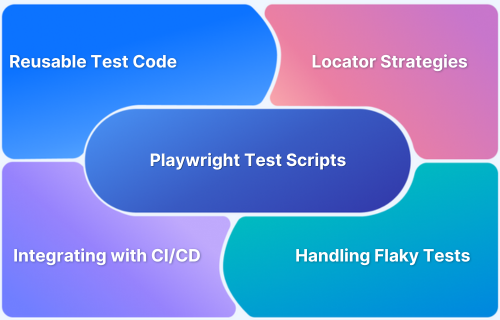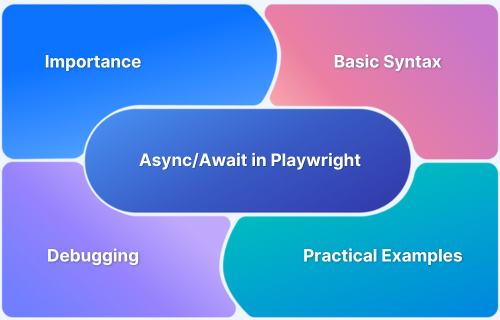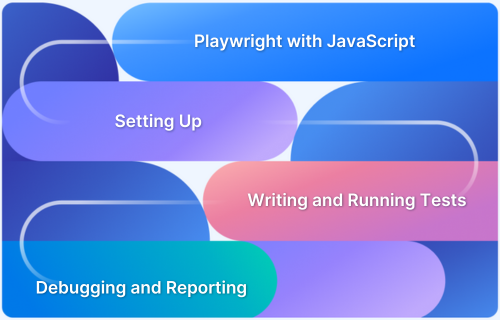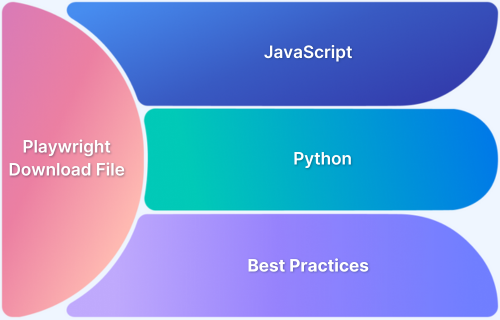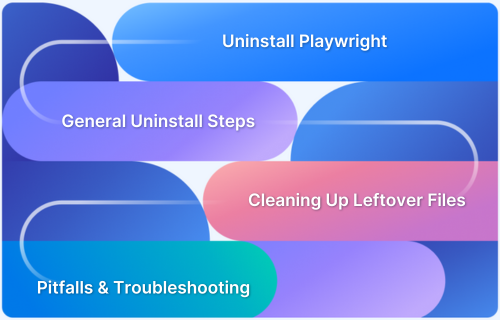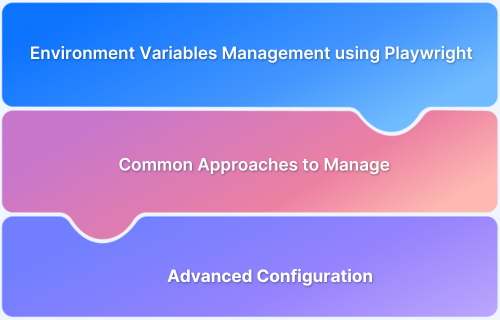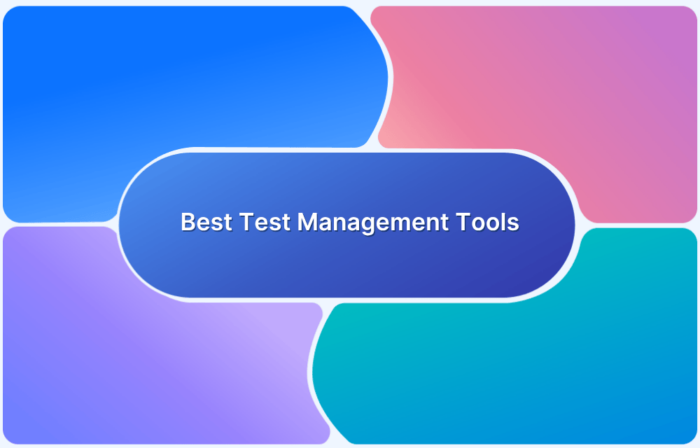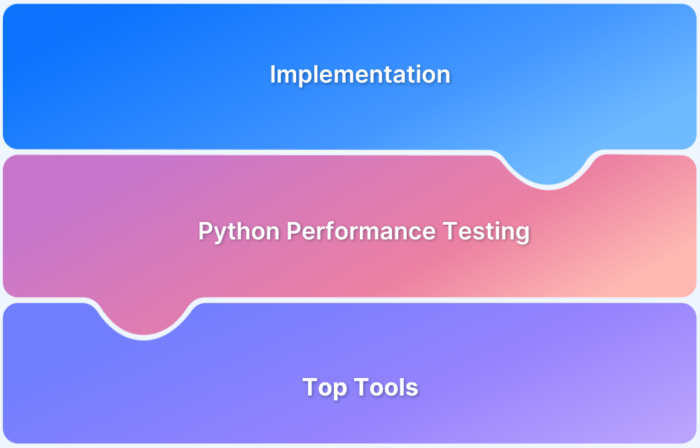Automation Testing
-
Why “page.goto()” is slowing down your Playwright tests in 2026
Learn how to optimize page.goto() in Playwright for faster and more reliable tests with best practices.
Learn More -
How to Writing Scalable Playwright Test Scripts in 2026
Master scalable Playwright test automation with modular design, stable locators, parallel testing, and seamless CI/CD integration for faster delivery.
Learn More -
Async/Await in Playwright
Master async/await in Playwright for reliable, efficient web test automation with practical examples, debugging tips, and best practices.
Learn More -
Playwright with .Net: A 2026 guide
Learn how to master Playwright with .NET for fast, reliable end-to-end web testing with best practices and advanced techniques for 2026.
Learn More -
Playwright JavaScript: Everything you need to know in 2026
Learn everything about Playwright JavaScript including setup, features, CI integration, debugging, and scalable testing best practices.
Learn More -
How to download a file using Playwright
Learn how to handle file downloads in Playwright with setup, event handling, validation, and best practices for smooth automation.
Learn More -
How to Uninstall Playwright
Learn how to completely uninstall Playwright, remove browser binaries, clear caches, and keep your system clean across all environments.
Learn More -
Environment Variables Management using Playwright in 2025
Master environment variable management in Playwright to build secure, maintainable, and environment-independent automated test setups.
Learn More -
Best Test Management Tools in 2025
Discover the best test case management tools in 2025 to streamline testing, boost collaboration, and ensure faster, high-quality releases.
Learn More -
Python Performance Testing : A Tutorial
Learn what Python performance testing is , how to run it using Timeit library, how to write load tests with Python and top tools for python performance and load testing.
Learn More
